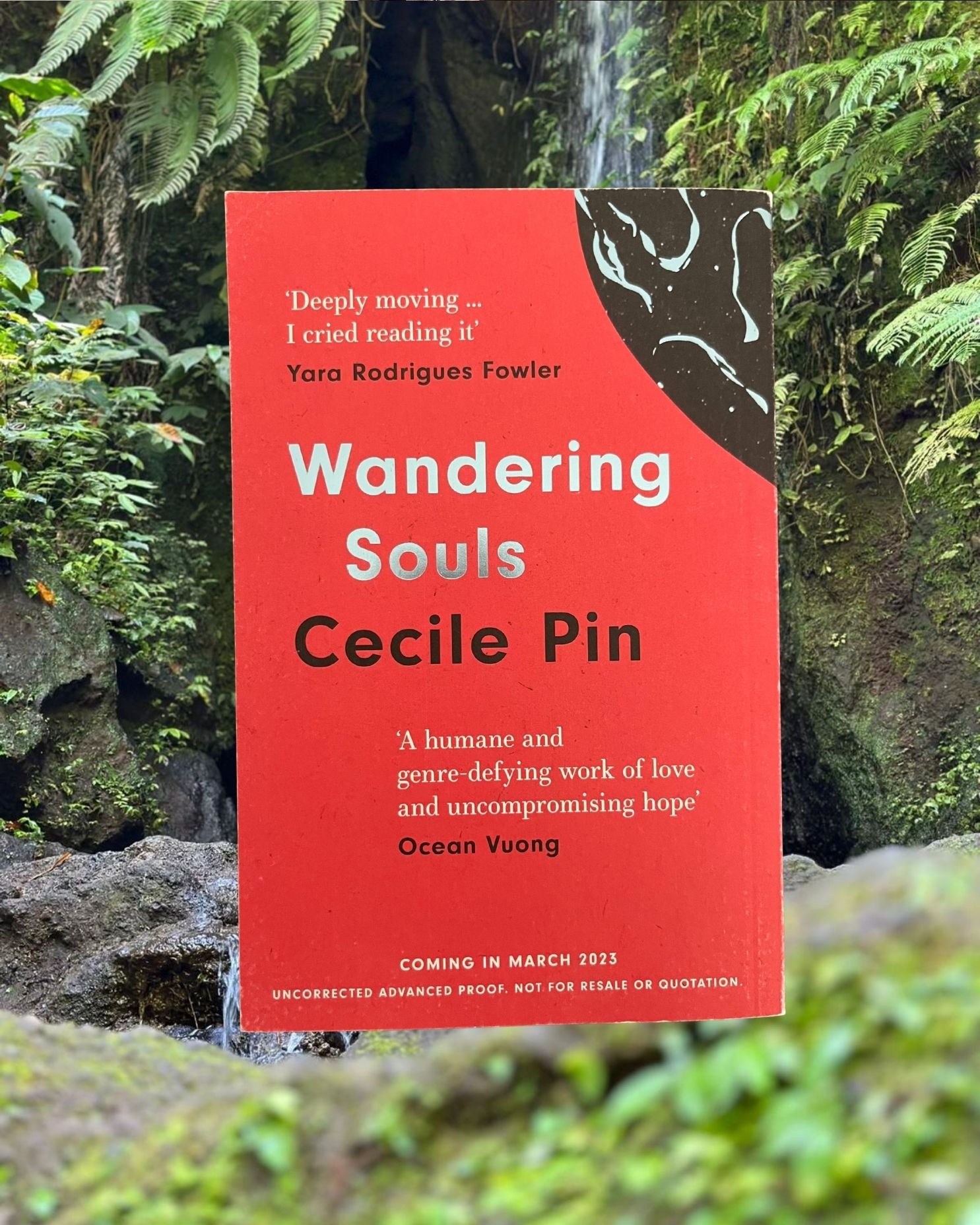Wandering Souls
by Cecile Pin
A quiet, haunting novel of displacement, family, and resilience in the Vietnamese diaspora
This post contains affiliate links. If you purchase through these links, I may earn a commission at no additional cost to you.
Looking for a spoiler-free take on Wandering Souls?
Here’s what it’s about, why it resonated with me, and why it belongs in your reading rotation.
What It’s About
After the fall of Saigon, three Vietnamese siblings are separated from their parents and forced to flee to the UK. In the disorienting space between war and resettlement, they navigate grief, belonging, and the silent inheritance of trauma.
Told through shifting perspectives, including a ghostly sibling narrator, the novel weaves family memory and cultural displacement into a tender portrait of survival. Pin’s prose is understated but emotionally resonant, carrying echoes of works like The Mountains Sing, Ru, and Dust Child.
This is a novel where history haunts, but love endures.
My Take
Resilient. Haunting. Tender.
I picked this one up in a bookstore in Korea and was pulled in right away. Wandering Souls doesn’t rely on dramatic twists, instead, it moves like memory, soft and persistent. It reminded me how powerful quiet fiction can be when it tells the truth.
The grief in this book is slow-burning. The love between siblings, quiet but constant. And the perspective of the lost brother adds an ethereal edge I didn’t expect but ended up loving.
Would I Recommend It?
Absolutely, especially if you’re drawn to immigrant stories told with restraint and emotional clarity. This one lingers. It’s ideal for readers who loved The Mountains Sing or Pachinko..
Read this if you liked:
Ru – fragmented, lyrical, and rooted in the Vietnamese diaspora.
Dust Child – postwar identity, family secrets, and emotional reconciliation.
The Mountains Sing – historical trauma told through intimate family stories.
Where to Read It:
Buy on Bookshop.org First time on Bookshop.org? Click for discount code
Join the conversation in the My Asian Era book club on Fable
Not on Fable yet? Download the app here.
Looking for your next read?
My Asian Era is where literature meets culture through thoughtful reviews, quiet voices, and stories worth slowing down for.

